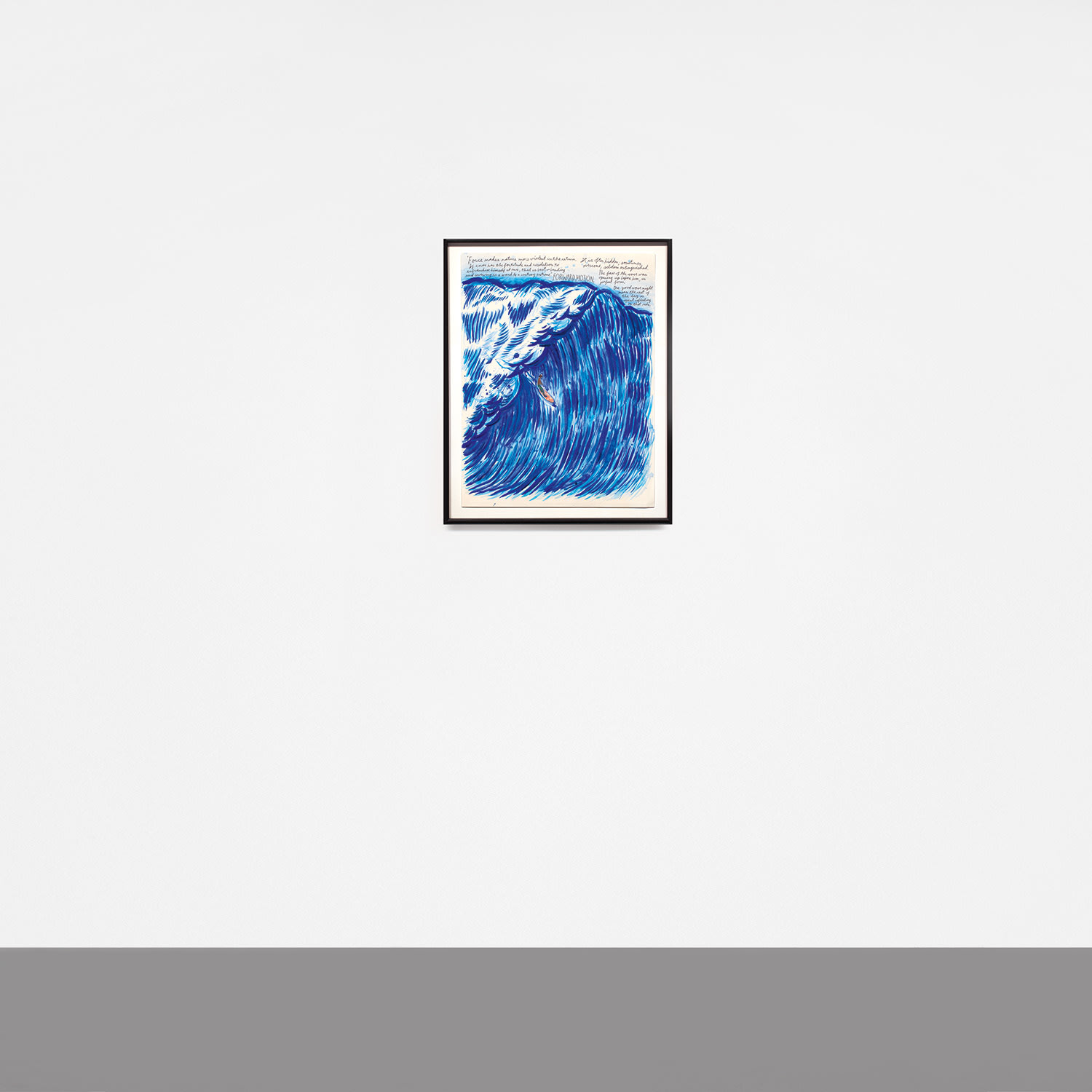





Surfing USA: A Selection of Works by Raymond Pettibon
48
Raymond Pettibon
Untitled (Force makes nature...)
signed and dated 'Raymond Pettibon 6-99' on the reverse
ink and watercolour on paper
59.5 x 45.5 cm. (23 3/8 x 17 7/8 in.)
Executed in 1999.